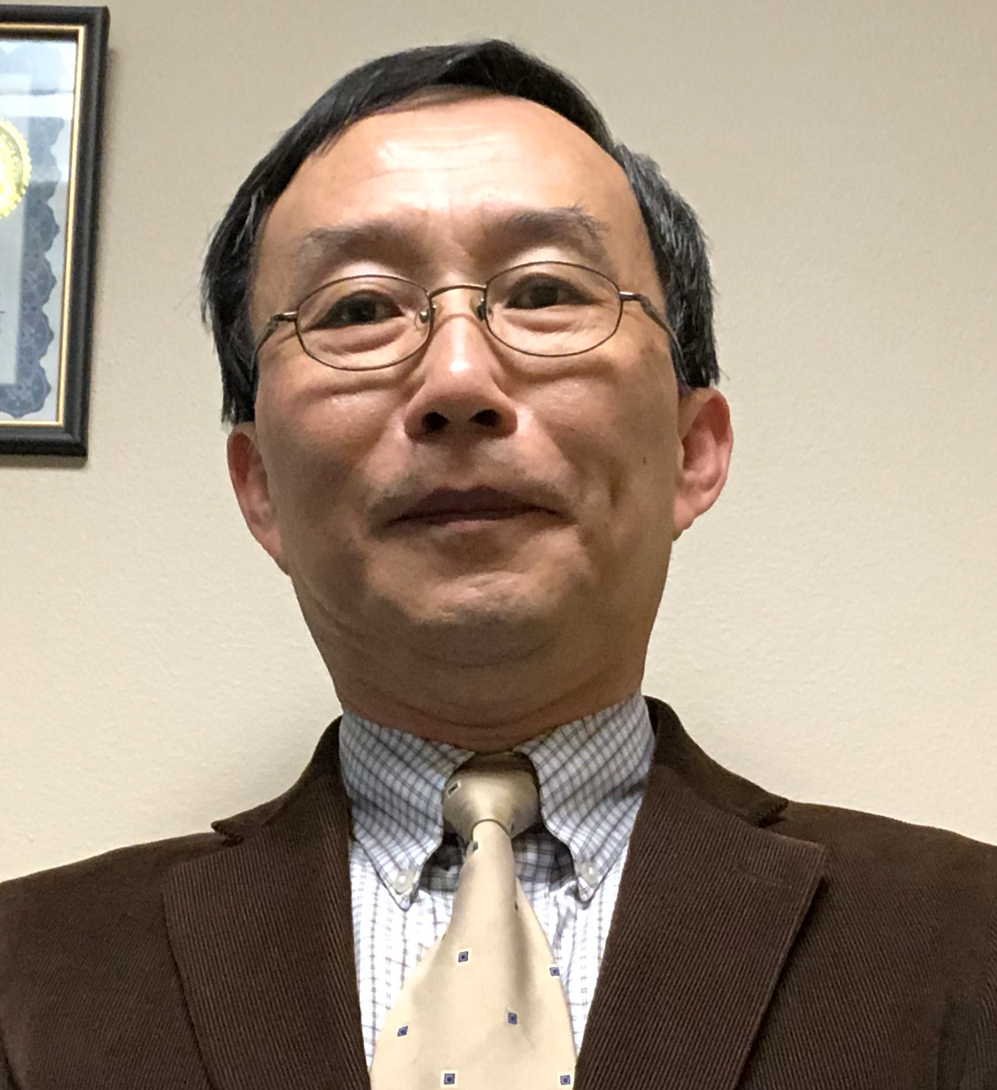Alireza, a physician specializing in nuclear medicine, has hired Klaus, a nuclear engineering consultant, to help him connect his 1,500 centrifuges together to enrich his 100,000 kg of natural uranium. The natural uranium is 0.7% U235 by weight, with the remainder being U238. In the next 60 days Alireza needs an overall total of approximately 180 kg of uranium that is at least 93% U235 by weight to build three medical devices. The medical devices will be immediately shipped to hospitals in New York, Riyadh and Tel Aviv, where he feels they can do the most amount of good for the most people. Each centrifuge has a single input for feedstock and two outputs for product and tailings, respectively, and can process about 200 grams of uranium feedstock per hour. Seventy percent of the U235 entering as feedstock into a centrifuge leaves as product, and thirty percent ends up as tailings. Thirty percent of the U238 entering as feedstock into a centrifuge leaves as product, and seventy percent ends up as tailings. Klaus determines that it can be done in the time allotted, and he is sure they will get a Nobel Peace Prize for this great humanitarian achievement. How might Klaus plan to connect the centrifuges together?
Know the answer? Send your solution to ar@casact.org.
 The Darkness between Stars and the Size of the Universe
The Darkness between Stars and the Size of the Universe
Puzzlers were asked to estimate the radius of the universe in units of the radius of a star; estimate the number of stars there are; and determine what fraction of the sky would be covered in stars if the radius of the stars was 10 times greater but took up the same total volume. In this puzzle the universe is spherical, eternal and static. The stars are all spherical with the same radius, and light does not reflect back from the edge of the universe. The very many stars are randomly distributed, and light scatters from the surface of a star but then travels in straight rays. Furthermore, stars take up a fraction of 1 in 1029 of the volume of the universe, and from the center of the universe looking out, stars appear to cover one part in a trillion of the sky.
Several different approaches lead to the right answer. Although a very rigorous calculation is possible, it is very tedious. So, most solutions rely on the very small size of the stars relative to the universe to make various implicit simplifying geometrical assumptions. For example, solutions tend to ignore the possibility of two stars overlapping in volume.
Let N be the number of stars in the universe, r be the radius of a star, and R be the radius of the universe. Since N (4/3 Pi r3) = (4/3 Pi R3)/(1029), it follows that N (r/R)3 = 1/ (1029). When looking out at a point in the sky from the center of the universe, the point will only appear with the light of a star if a star intersects the line segment of length R to the edge of the universe. This will only happen if the center of a star is within r distance of the ray. Equivalently, the point will be dark if no star has a center within the volume of a “tube” (since r << R) around this line segment with volume Pi R r2. The number of stars per volume is N/(4/3 Pi R3). The expected number of stars in the tube is (Pi r2 R) N/(4/3 Pi R3) = (3/4) N (r/R)2. Using a Poisson approximation, the probability of at least one star having its center in the tube is 1 – Exp[-(3/4) N (r/R)2] = 1/(1012). So, N (r/R)2 = -(4/3) Log[1 – 1/(1012)] = 1.333/(1012). Dividing by the earlier equation, we get R/r = 1.333 (1029)/(1012) = 1.333 (1017) for the radius of the universe in units of a star radius. For the number of stars, N = (R/r)3/(1029) = 2.37 (1022).
Exp[-(3/4) N (r/R)2] =1- 1/(1012) is the darkness fraction of the sky. If the radius of a star was 10 times greater, then r/R would be ten times greater and N would be 1/1000 as great, and consequently the darkness fraction of the sky would be (1- 1/(1012))^(1/10) or about 1 – 1/(1013). The stars would only cover about 1 part in 10 trillion of the sky. This makes sense intuitively since the stars would have only 1/10 as much surface area.
AR Puzzle Editor Jon Evans is president of Convergent Actuarial Services, Inc. in Delray Beach, Florida.












